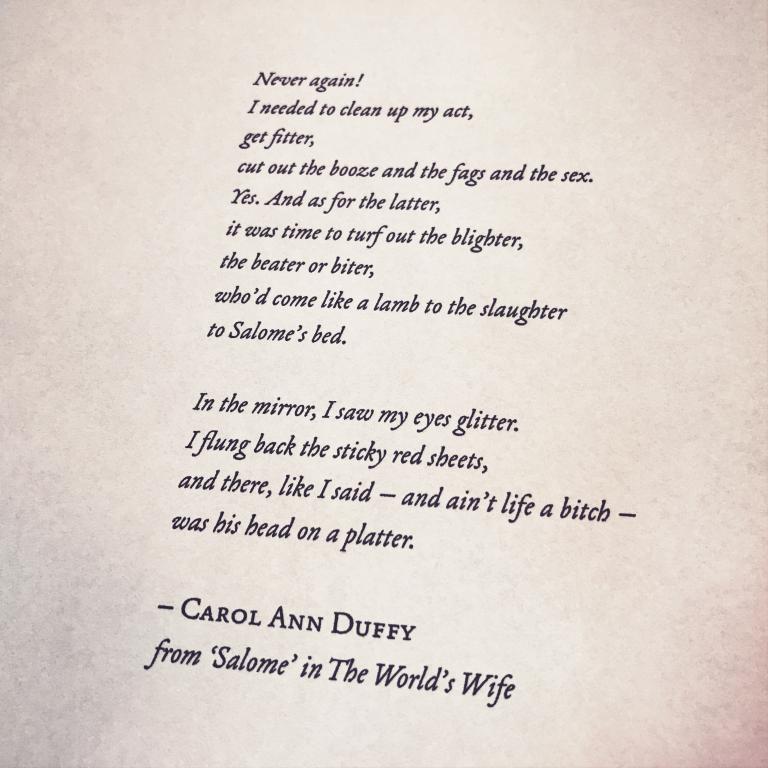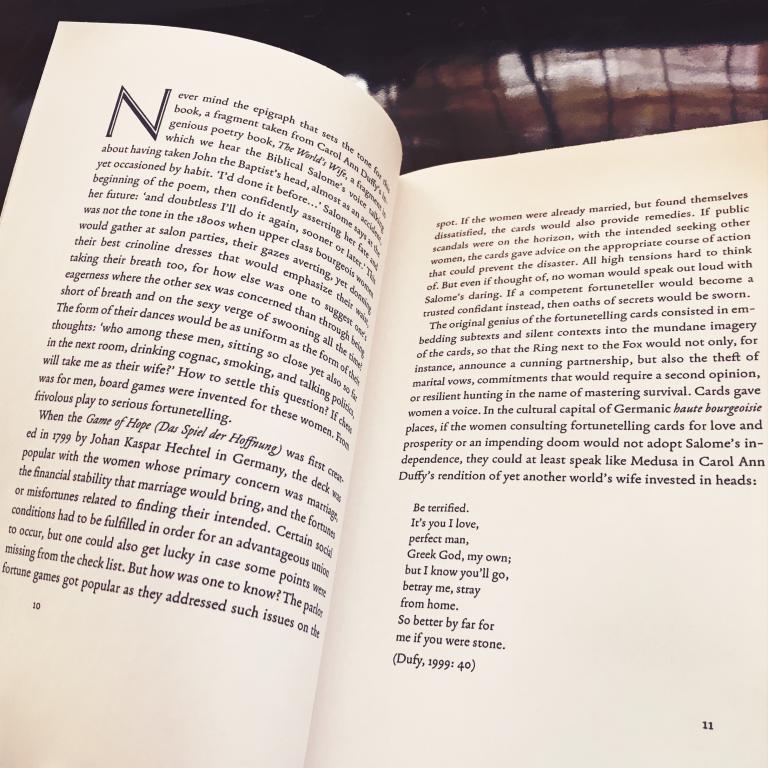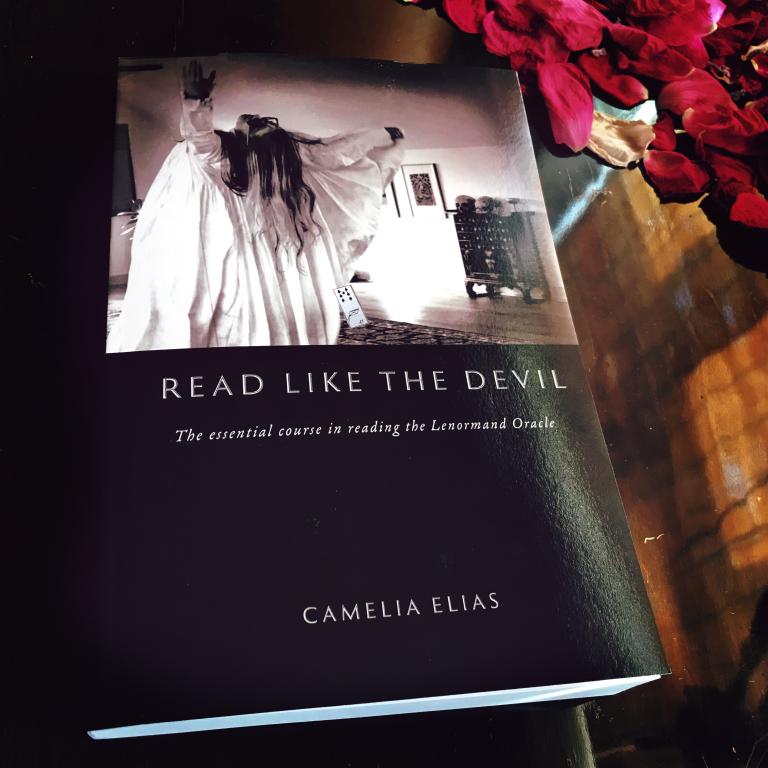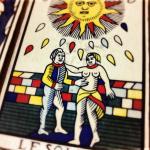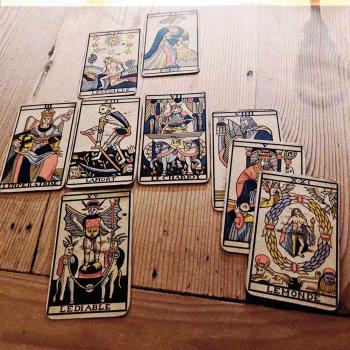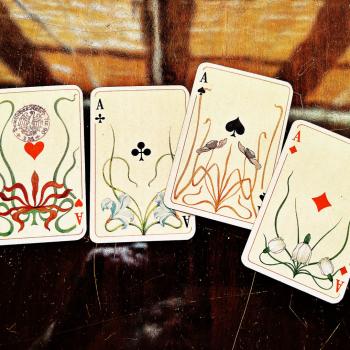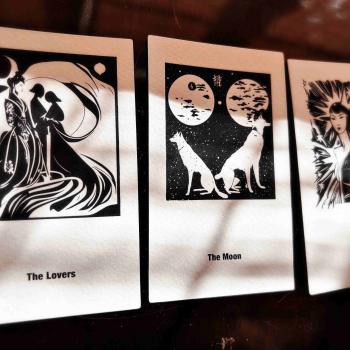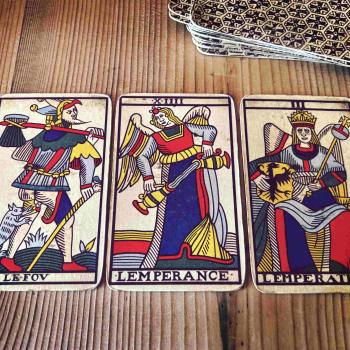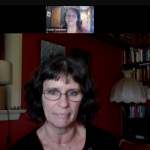
The astronomical solstice came and went, followed today by the night of the fairies, in Romanian, the Night of the Sanziene, or St John’s Night. I like the folklore story of the summer solstice better than the ‘all things being’ equal story that astronomy tells.
In the Romanian context maidens gather early in the day and dance in search of the yellow flower, Galium verum or the Lady’s bedstraw that they use to make a crown from. At night they make a bonfire on top of a hill, put their floral crowns on, and then pick their lovers guided by the hand of chance and fate. The reconciliation of opposites, such as the idea of chance and fate, is enabled by the sky that is open on this night. The men are also prepared or it. They join the women’s party with wheels made of straw and hay. They put fire to the wheels using the spark from the ceremonial bonfire and then let the wheels roll down the hill. A spiral of infinity is created and, voilà, mathematics gets to be experienced in the metaphor of the rolling of the heads that stands for all the passion and love that exists especially between opposites, hearts that are split, or obstacles that separate desires.
As this event also coincides with St John the Baptist’s nativity, we can think of his fate and the dance of seduction that also made his head rolling, yet quite by chance. When Salome asked for it on a platter as a reward for making King Herod experience what it means to be possessed, what she got there was fire and blood, the very ingredients that inflame the heart.
I like to think about this night as a night that holds the promise for the experience of vibrations that we can feel if we contemplate all that is unclear in the head and the heart. A heart under the weather, as it were, is hard to ignite, the consequence being a loss of power and of words. A head without the words to say it, to say what is in the heart, is a head that speaks in clichés. The Night of the Sanziene gives everyone a chance to remedy that.
To imitate the rolling of the wheels – or heads – on fire, I cast a 9-card carré that I then read in a spiral movement that goes sunwise, beginning with the first card and ending with the center card. Here’s how I go about it, in preparation for my own private bonfire at midnight tonight.
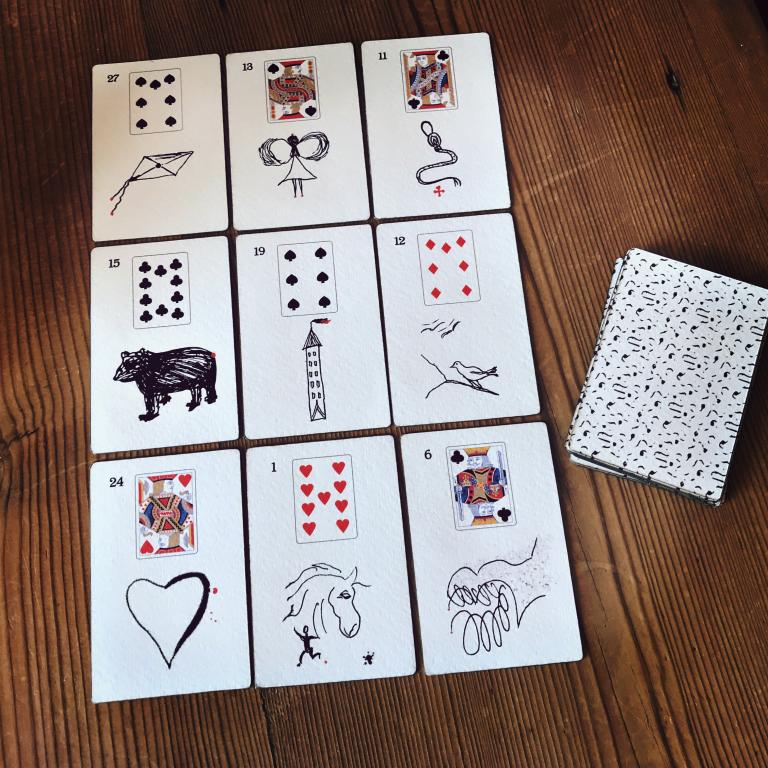
The written word (Letter) in the hands of the fairy (Child) is a snappy (Whip) tweet (Birds) about dispersing the fog (Clouds) surrounding the heart’s desire (Rider/9 Hearts + Heart) for a strong (Bear) standing (Tower).
If you take this line beyond its level of concreteness, you can now ask: what is a strong standing? Is it about principles? If that is the case, then how do you reconcile principle with the vibration emanating from the heads and wheels rolling this night? A Tower is a sign of separation. I wonder what John the Baptist thought when he realized that his head was going to be separated from the rest of his body, or what lovers think when they lose theirs to acts of possession.
I could go on with my contemplation, but suffice it to say here that if you want to ride with the fairies tonight, then give yourself an opportunity to think about spirals, things rolling for you, and where you’re stuck. Are you stuck in principles and forget your heart’s vibrations? Are you afraid of being possessed, and as a consequence, of losing the words to describe just where such possession might transport you to? I’m quite certain that Herod didn’t regret his experience.
For more such thoughts, interpretations of the 9-card tableau, and heads rolling, read my newly released third volume in the Read like the Devil trilogy dedicated to the Lenormand cards. Or else, take a moment to listen to the Romanian Madrigal choir singing the midsummer suit, Vibration: Fire and Wheels by Corneliu Cezar, on a compilation of words by R. Tagore, G. Lorca, F. Kallau, E. Jebelanu, and N. Labis. Enjoy your festivities.
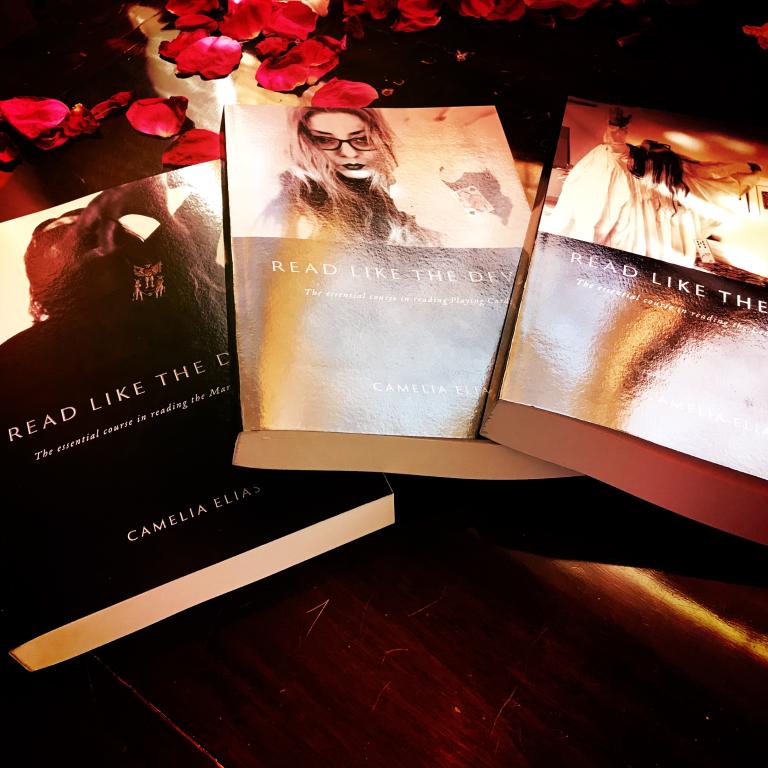
For more such practice with the cards, join the Read like the Devil Practice Club. Visit also Aradia Academy and sign up for the newsletter that will keep you informed on upcoming courses and cartomantic activities. Note the Off the Shelf offering that also includes free resources.

